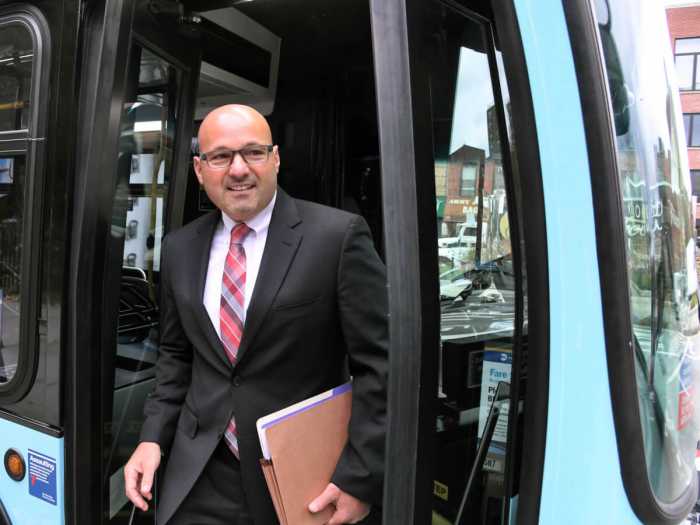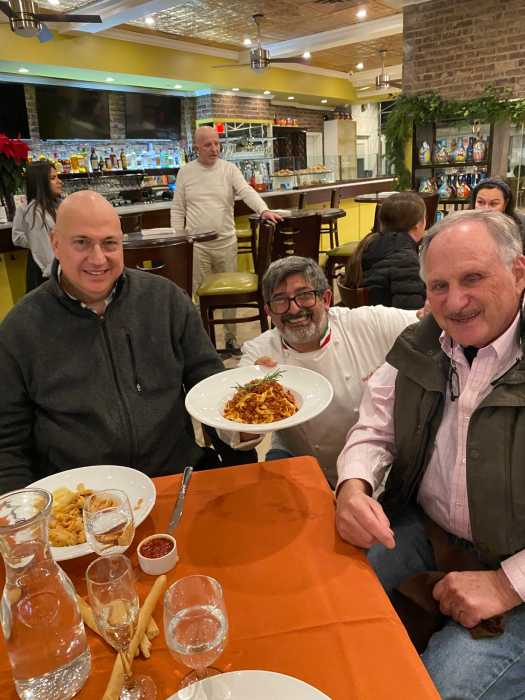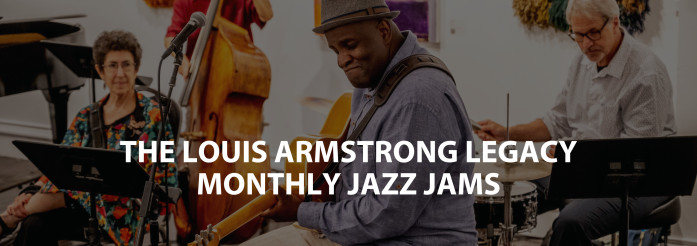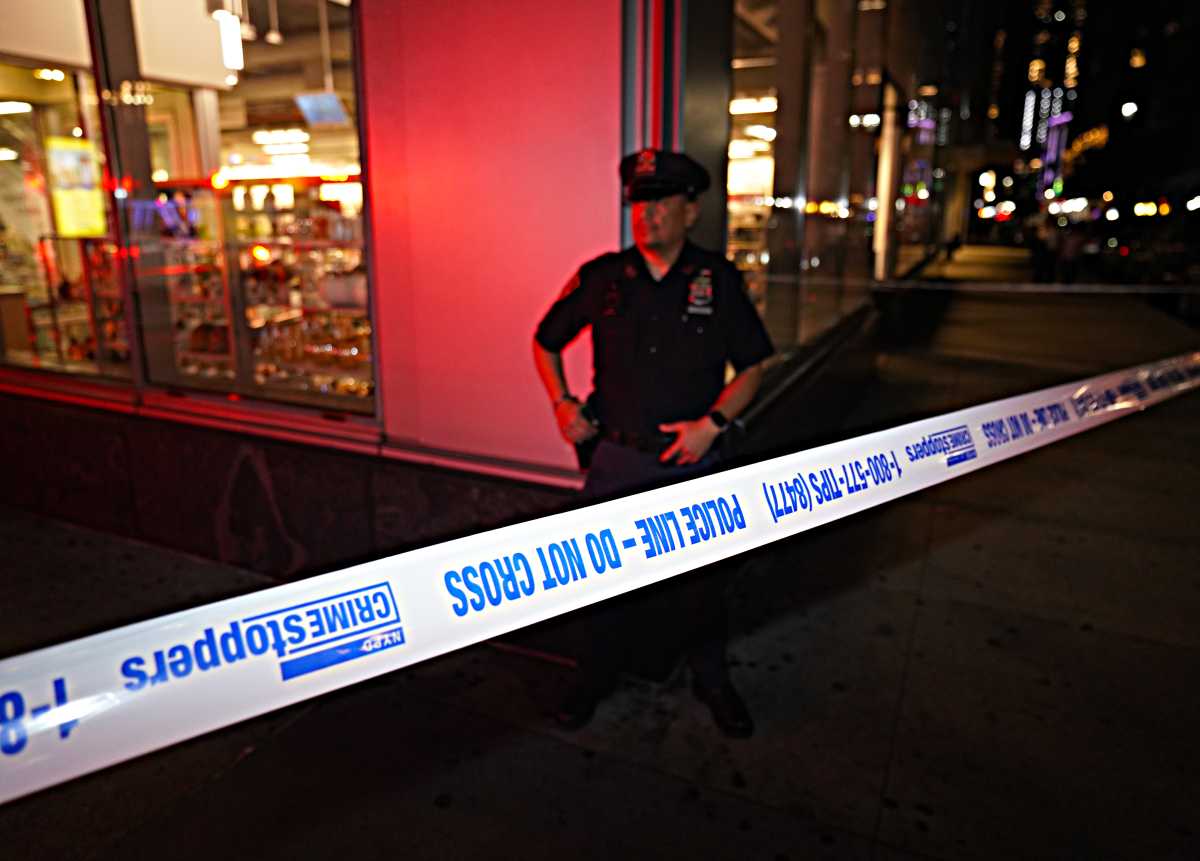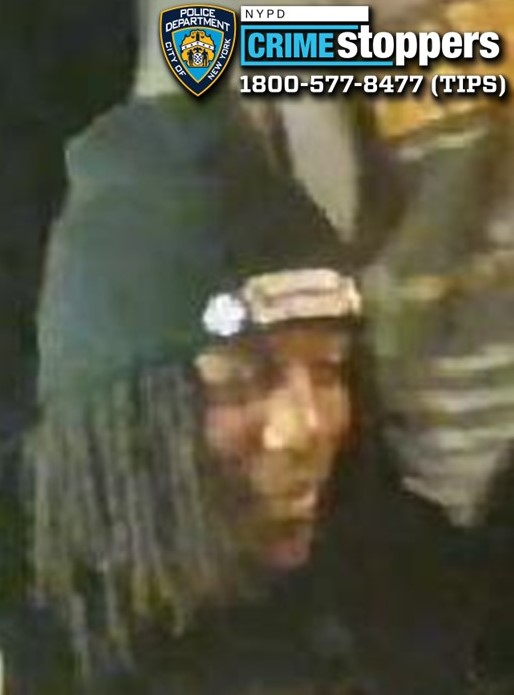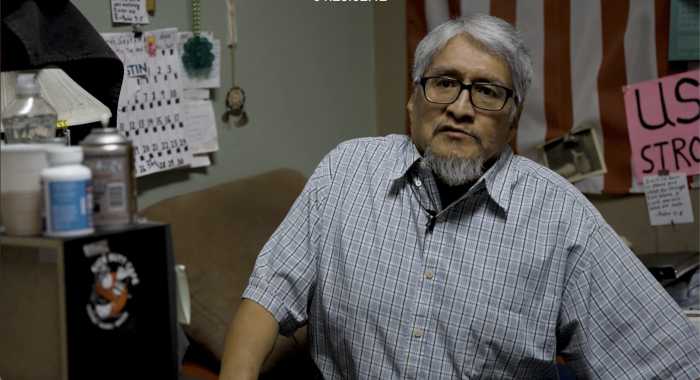If residents do not weigh in, Queens bus riders will face their bus network as broken, a failed promise, with unbearable commutes and extremely limited opportunities to correct most issues whether anticipated or not. It would take years and waste taxpayers’ money to implement the MTA’s “re-design” scheme. This new MTA “Queens bus redesign” just makes no sense.
This redesign scheme saddles Queens bus riders with less service, longer walks to reach their buses, and frequent needs to transfer to another bus or more when they previously took one route. As bus operators and mechanics who work for MTA New York City Transit’s Queens Bus Division, the members of Amalgamated Transit Union (ATU) Local 1056 raise the following 14 concerns that we continue to discuss with our elected officials, advocates, and the community:
- When first released pre-COVID, all made our voices heard. We raised how that plan failed to recognize currently underserved neighborhoods. It ignored the borough’s necessary mobility needs with longer rides to areas not part of typical commutes. The new plan, packaged with claims of reduced travel times, still ignores the transit needs of many parts of Queens, especially transit deserts with its emphasis on greater access to revitalized or gentrified neighborhoods.
- Most commutes within the borough remain challenging for the average Queens rider.
- It appears that the consultants who view Queens, treat it as a “car borough,” not necessarily a “transit borough” with real needs for improved public transit; this dynamic clearly orchestrated the redesign scheme. They failed to recognize Queens as a diverse borough with challenging connectivity issues. The plan neither acknowledges nor answers what plagues transportation in our Queens Neighborhoods. In many ways, it masks a money-saving pitch when the public interest request that MTA invest in enhancing bus service, instead this scheme tinkers with a re-deployment of existing resources for bus public transit in Queens.
- Many routes involve longer commutes and/or two- and three-step transfers to connect to other buses, rail, subways, or major destinations of choice.
- Restoring a few of the nearly 1,200 bus stops proposed for elimination offers no solution or olive branch and we hope the MTA recognizes this.
- The workshop Zoom-format the MTA uses currently in public meetings, and did pre-COVID, fails to ensure that riders make their voices truly heard. Under this process, Queens riders may not know they share concerns and thus lack the support they’d find in common cause to raise ideas, concerns, or objections. The in-progress presentations to community boards need to shift to open forums. The outreach must be expanded outside of MTA’s targeted audience.
- Any re-design needs to look at more than just the Queens bus map. Look first at the underserved parts of Queens, the transit deserts not served by subways and with limited if any rail access. Recognize the capacity limits on subway service that bus service can solve. The MTA only needs to add buses. Currently, there is no appetite to build new tunnels, stations, and railways above or below grade. Moreover, growth in the borough, existing and planned, suggests a further enhancement in service levels. The plan fails to meet existing expansion and future growth in the borough.
- Any discussion on speeds needs to equate to the existing vehicular traffic and has a lower priority than addressed in the plan.
- The plan fails to address service to schools, and summer capacity issues when more folks seek access to Queens beaches.
- While this design scheme allows some passengers able to make their trips using fewer buses, it leaves many others facing additional transfers. The MTA must provide estimates of whether the number of riders its scheme benefits exceeds the number of passengers the scheme harms. It remains unclear if this scheme requires those making additional transfers to pay additional fares.
- The new scheme fails to provide access to important locations. Southeast Queens residents, for example, lack any direct bus route to the Main Branch of the Queens Public Library in Jamaica (which lies across Merrick Boulevard from a bus terminal.)
- Few if any of the 1,193 local and express bus stops require removal. Eliminating lightly used bus stops offer no time savings; buses usually skip such stops. Eliminating heavily used bus stops just increases loading dwell times at the remaining stops; this obviates any average 20 seconds per stop savings for acceleration and deceleration. A review of riders’ needs and usage finds most well-balanced routes with most spacing every two or three city blocks and every city avenue is accurate and does what it intends, service a public need. Significantly reducing bus stops risks reducing ridership, especially among seniors and those with mobility issues. It imposes a hardship during inclement or extremely hot weather. Many stop eliminations in the current scheme require walks up to 3/4 of a mile
- Faster does not mean better nor does it deliver better customer service. The more varying service models included in the redesign scheme only breed frustration and confusion for those who truly depend on bus public transit. Reliability, frequency and accessibility always trump speed.
- Finally, rather than all-day busways, a smart plan looks at creating bus-only paths during rush hours with appropriate enforcement. This makes sense when comparing speeds for cars and buses on local streets; cars average 9-12mph; local buses which make stops average between 8.5 and 10mph. The 3.3% decline in bus speeds since 2015 represents not traffic but the Vision Zero 25 MPH speed limit. This makes plain that no need exists for midday busways that merchants claim diminish business. Indeed, cars and delivery trucks double-parking and blocking bus stops cause traffic congestion that delays buses; the re-design fails to address this! In addition, legislation giving preference to buses as is the case with emergency vehicles would help buses re-enter traffic from bus stops.
In a perfect world, the best way to travel between points is a straight line. In the real world of Queens, and its imperfect street network, providing frequent and reliable 24-hour service makes sense. Selectively extending or creating a route where needed makes more sense. Using Select Bus Service (SBS) as intended — to enhance not replace local service — makes more sense. Imposing on a Queens bus rider’s travel equation with further walking distances to a bus stop, additional transfers to a destination or not addressing real connectivity needs makes no sense; in essence, this plan makes no sense.
Mark Henry is chair of the NYS Legislative Conference board and president of Amalgamated Transit Union Local 1056.


